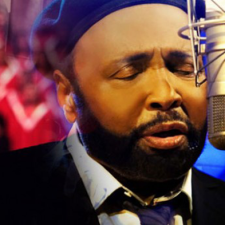In today’s music styles, simple beats dominate the billboard top songs. These songs have become background noises to life, a soundtrack for those whose minds are already occupied with more daunting tasks. And these listeners seemingly enjoy mindlessly allowing these predictable rhythms to pass in one ear and out the other. There is no emotion in these performances, and the music is played as it is read off of a sheet, and not as it is felt in the body. Ring shout tropes, on the other hand, thrive on the concept of feeling the music, not reading it.
These musical attributes are purely exclamations of what the performer feels RIGHT NOW, and not when he was composing the music. If a composer attempted to write these tropes into the predictable music of today, they would convey no meaning. The tropes would lose the emotion and spontaneity. No longer would they be heart-felt expressions of deep passion through music at the very moment they are performed, but rather terrible impersonators that appear simply as increases in volume, or as thought the singer missed a beat.
Just as crying is most effective when you can see the tears, tropes are most effective when you can see the music being felt through the performer as he religiously expresses himself. It is the conviction put into each expression that makes these tropes not only successful, but genuine. It is impossible to duplicate such articulations. While the live performance of Evanescence “Bring Me to Life” doesn’t depict ring shouting in its truest form, it does exhibit some call and response starting at around 1:00. While this is supposed to be inspiring and full of emotion, like in the Clark Sisters “Hallelujah” (1:45), the trope in Evanescence is empty, for the performance has no passion, visual or vocal.
The Clark Sisters – Hallelujah
Jake Guterman
Tags: Evanescence, Gospel, The Clark Sisters

 Share On Facebook
Share On Facebook Tweet It
Tweet It





